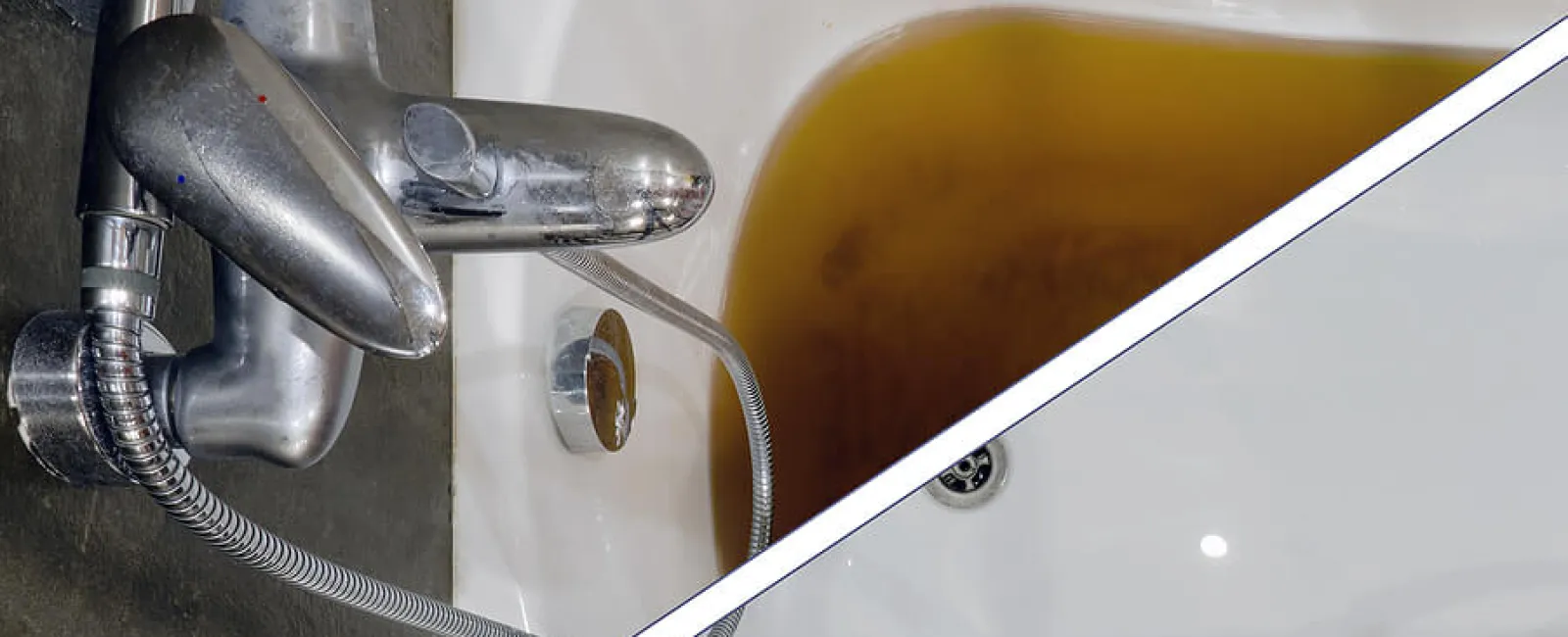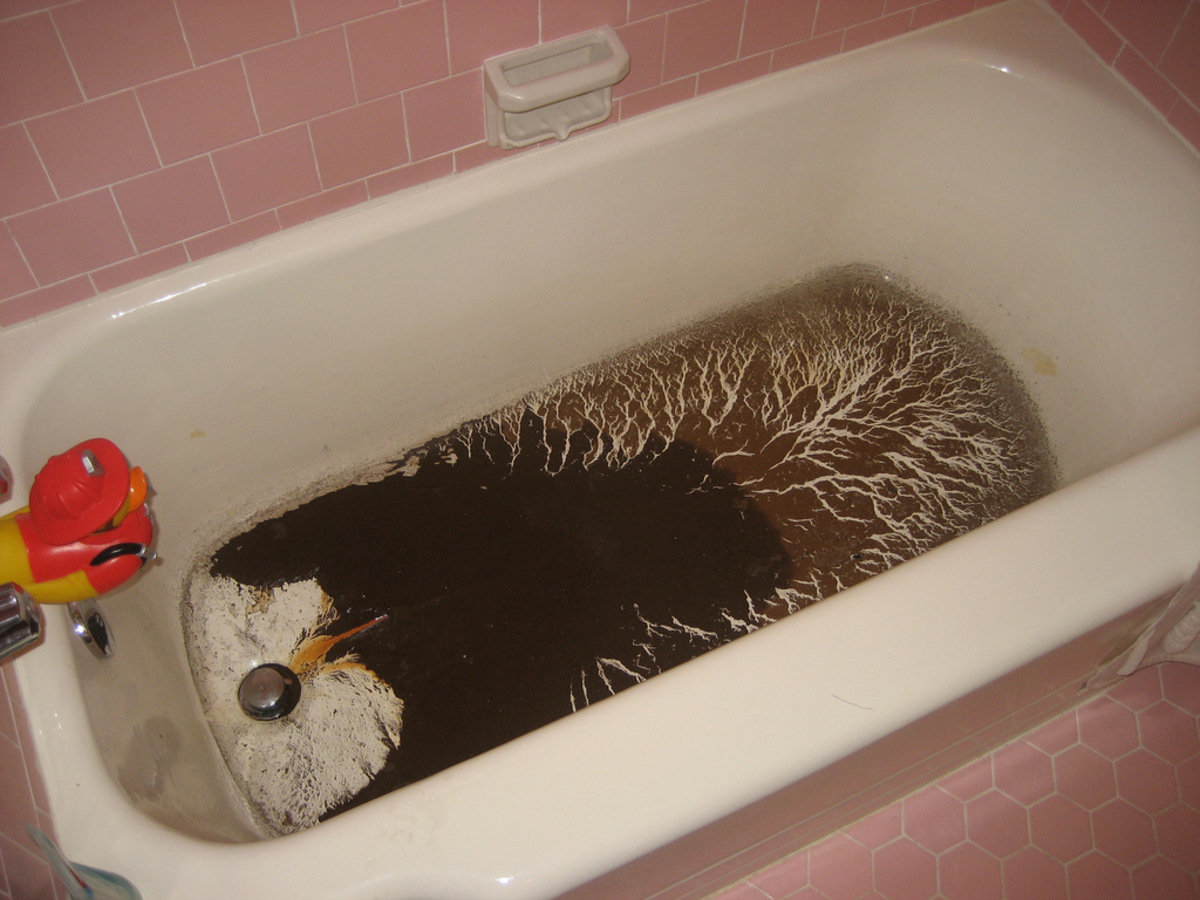Your Guide to Waste Emergence in the Bathtub
Your Guide to Waste Emergence in the Bathtub
Blog Article
This great article on the next paragraphs involving What to Do if Sewage Starts Coming Up Through Your Bathtub is especially enjoyable. You should investigate for yourself.

Sewage backup in the bathtub can be a traumatic and unhygienic issue for any kind of home owner. Not just is it inconvenient, however it additionally positions serious health and wellness dangers and shows underlying problems with the plumbing system. Recognizing why sewer is showing up with the tub is crucial for taking suitable activity to address the problem efficiently.
Introduction to the Issue
Usual Factors for Sewer Back-up
Obstructions in the Drain Line
One of one of the most common reasons for sewer backup is an obstruction in the sewage system line. This can take place because of the accumulation of debris, grease, or foreign items in the pipelines, avoiding proper circulation and causing sewage to back up into your tub.
Tree Origin Invasion
Tree roots seeking moisture and nutrients can infiltrate drain lines with small cracks or joints. With time, these roots can expand and expand, creating substantial damage to the pipelines and resulting in sewer backup problems.
Recognizing the Problem
When sewage draws back up right into the bath tub, it's a clear indication of an issue with the drain system. The wastewater that needs to be moving away from your home is instead finding its way back into your living space, which can result in considerable damages and carcinogen.
Prospective Reasons
A number of aspects can add to sewage backup in the bathtub. From clogs in the drain line to issues with the plumbing facilities, identifying the root cause is important for discovering a remedy.
Aging Facilities
Older homes may have outdated plumbing systems that are much more prone to deterioration, splits, and degeneration. As pipelines age, they come to be much more prone to leakages and blockages, enhancing the likelihood of sewer backup incidents.
Heavy Rainfall or Flooding
During durations of heavy rainfall or flooding, the drain system may come to be overloaded with excess water, causing backups and overflows. This can lead to sewer supporting into bath tubs and other components inside the home.
Indicators of Sewer Backup
Foul Odors
Unpleasant smells emanating from drains pipes or fixtures, especially in the restroom, might show sewage back-up issues. These smells are typically solid and relentless, signifying a problem that requires prompt focus.
Slow Draining Fixtures
Bath tubs, sinks, and bathrooms that drain pipes gradually or otherwise in all could be experiencing sewer backup. If numerous fixtures are impacted concurrently, it's most likely that the problem originates from an usual point, such as the primary drain line.
Gurgling Noises
Strange gurgling or bubbling sounds originating from drains when water is running elsewhere in your house are a measure of air caught in the plumbing system. This air buildup can result from sewage backup and need to be checked out immediately.
Health And Wellness Dangers Connected With Sewer Backup
Contamination of Water Supply
Sewage backup can contaminate the water supply in your home, posturing a major wellness risk to you and your family. Exposure to infected water can bring about gastrointestinal problems, skin infections, and various other ailments.
Mold and mildew Growth
Wetness from sewage backup can create optimal conditions for mold growth in your home. Mold and mildew spores can exacerbate respiratory system troubles and create allergies in sensitive people, making punctual cleaning necessary.
Spread of Illness
Sewage has hazardous bacteria, infections, and bloodsuckers that can trigger a variety of diseases, including hepatitis, cholera, and gastroenteritis. Coming into contact with sewer or infected surface areas puts you in jeopardy of infection.
Tidying up After Sewer Back-up
Sanitation Procedures
Extensively decontaminate and sterilize impacted areas after sewer back-up to remove unsafe germs and protect against mold growth. Use proper cleansing items and protective gear to guarantee risk-free and reliable cleaning.
Restoration of Affected Locations
Repair any damage to flooring, walls, or fixtures caused by sewage back-up. Relying on the level of the damages, you might need to replace carpeting, drywall, or other products to recover your home to its pre-loss condition.
Immediate Actions to Take
Shutting Off Supply Of Water
In the event of sewer backup, it's necessary to turn off the water to avoid further contamination and damages. Find the major water shutoff valve in your house and shut it off up until the issue can be settled.
Calling a Professional Plumber
Managing sewage back-up is not a DIY task. Call a certified plumber with experience in taking care of sewage-related problems to examine the situation and execute required repairs or clean-ups.
Avoiding Contact with Infected Water
Up until the sewage backup is dealt with, prevent contact with polluted water to prevent the spread of bacteria and pathogens. Wear protective equipment if you must be in the afflicted location and clean your hands extensively afterward.
Safety nets
Normal Maintenance of Sewer Lines
Arrange normal examinations and maintenance of your sewage system lines to identify and attend to possible concerns prior to they escalate right into major troubles. This can include cleaning out particles, inspecting for tree root breach, and repairing any type of broken pipes.
Mounting Bayou Valves
Take into consideration mounting backwater valves in your plumbing system to prevent sewage from receding into your home throughout periods of heavy rainfall or flooding. These shutoffs automatically close when water draws back up, securing your residential property from contamination.
Proper Disposal of Family Waste
Stay clear of flushing anything other than bathroom tissue and human waste down the toilet to avoid obstructions and blockages in the drain line. Dispose of oil, oil, and various other home chemicals correctly to minimize the threat of plumbing issues.
Why Is Water Backing Up in My Bathtub When I Flush My Toilet?
What to do about a sewer line clog
First, don’t bother with plunging. No amount of plunging will dislodge the clog in a sewer line. The clog is too far away. Plungers are for clogs in the toilet itself, not the sewer line. Plus, the most likely causes of a sewer clog are:
Tree roots Flushed toys or feminine products Grease buildup Those items don’t move easily. And in the case of tree roots, the roots need to be cut out of the pipe and the pipe will need to be repaired.
You’ll need a closet auger. A closet auger is a type of plumber’s snake with a protective cover to keep from scratching the delicate porcelain toilet. If the clog is further down, you may need to remove the toilet or use one of your cleanouts to get to the clog.
We also recommend doing a video inspection of the drain to ensure that the cause of the clog has been completely removed. Otherwise, you could have the same problem again in a few days or weeks.
https://mspplumbingheatingair.com/blog/why-is-water-backing-up-in-my-bathtub-when-i-flush-my-toilet

I stumbled upon that blog entry about Why is Sewage Backing Up Into My Bathtub? when browsing the internet. Appreciated our post? Please share it. Help another person locate it. Thanks for taking the time to read it.
Click Here
Report this page